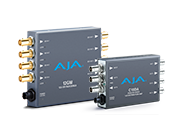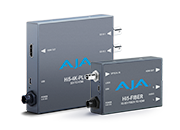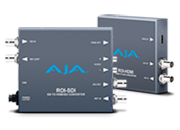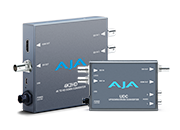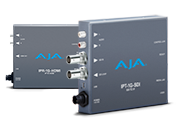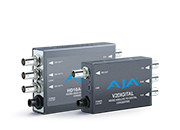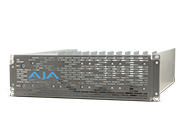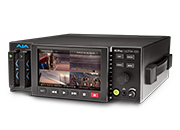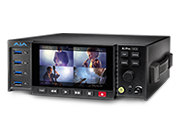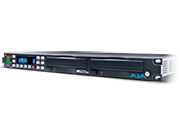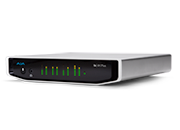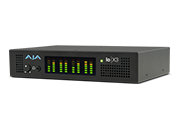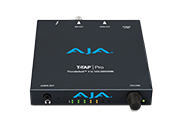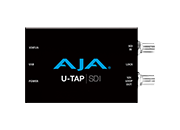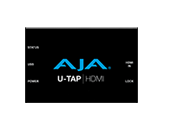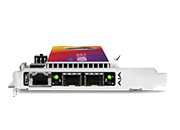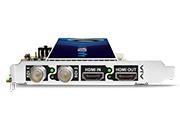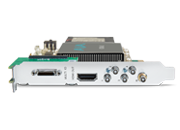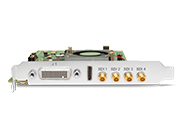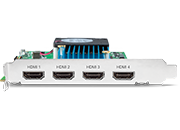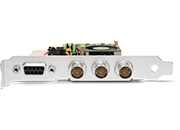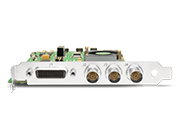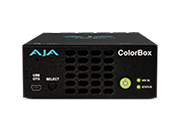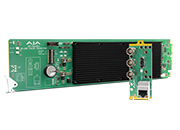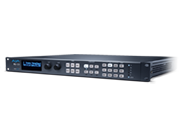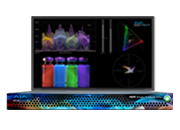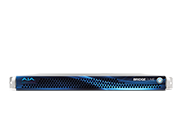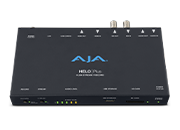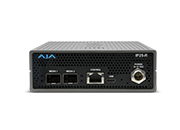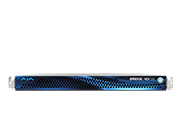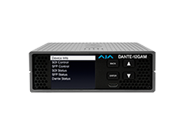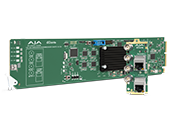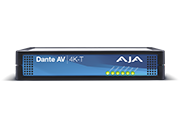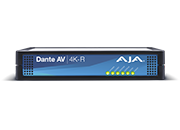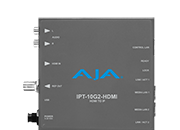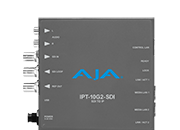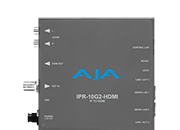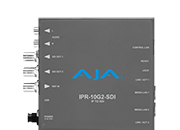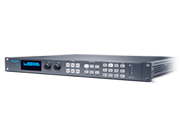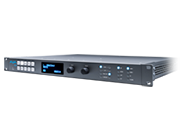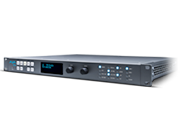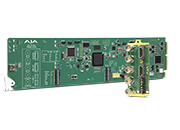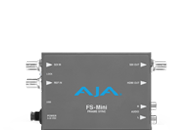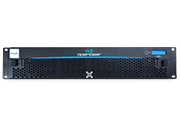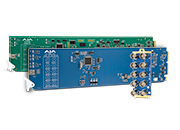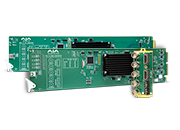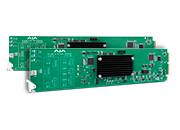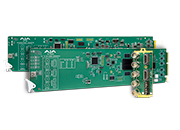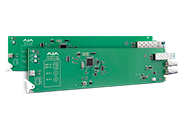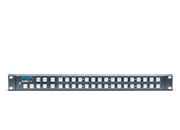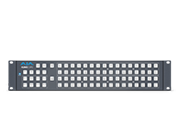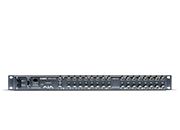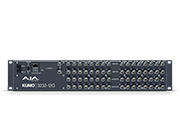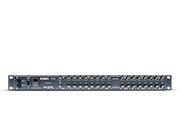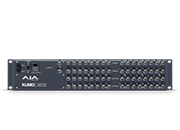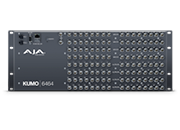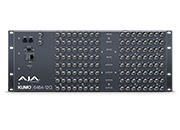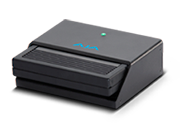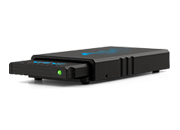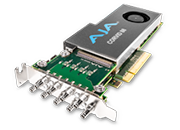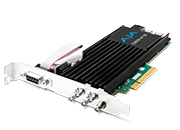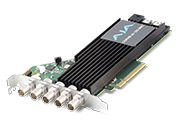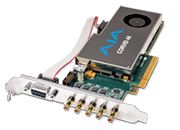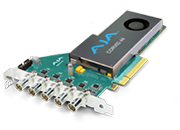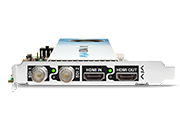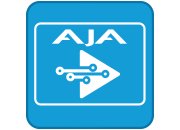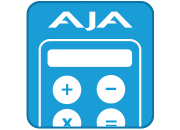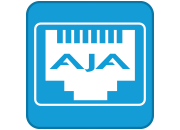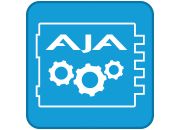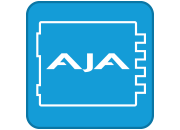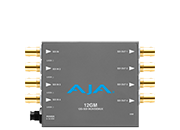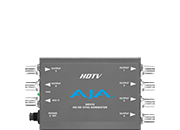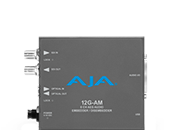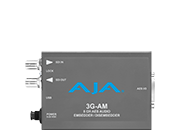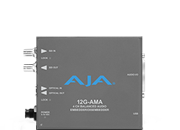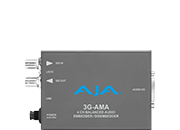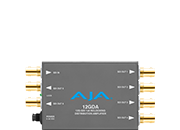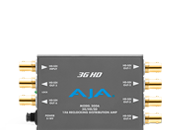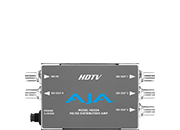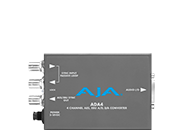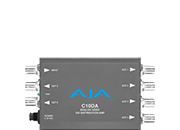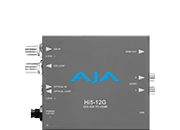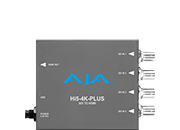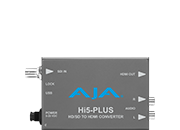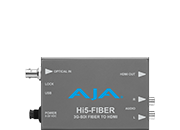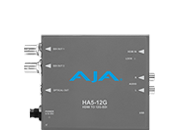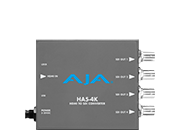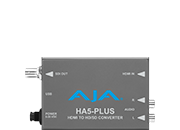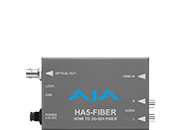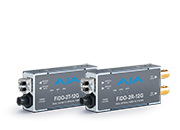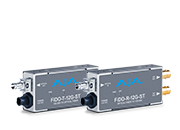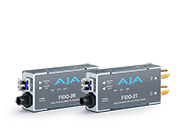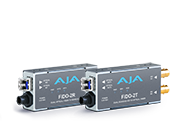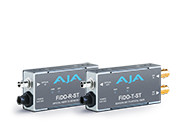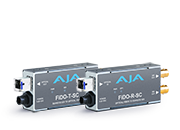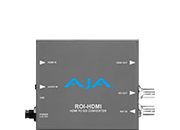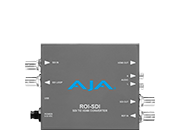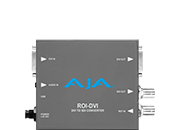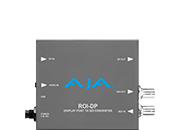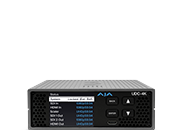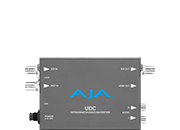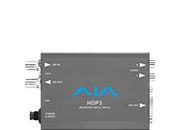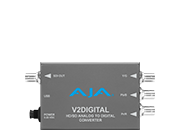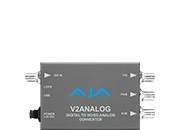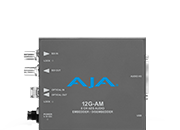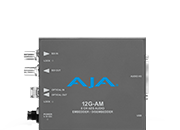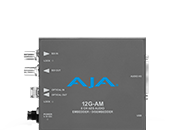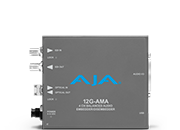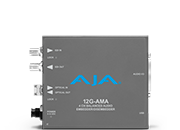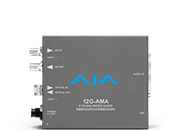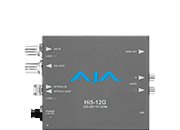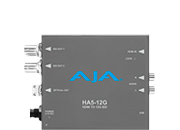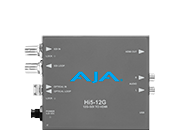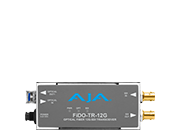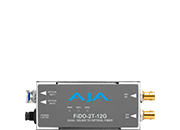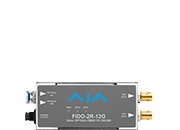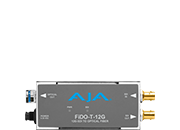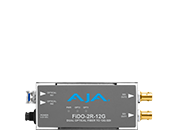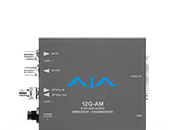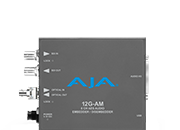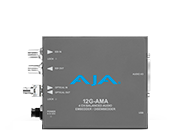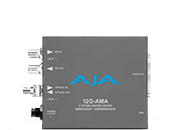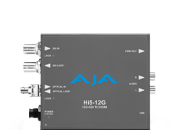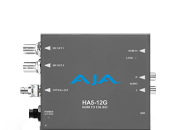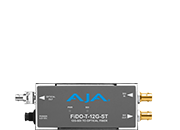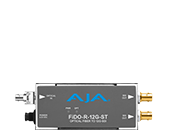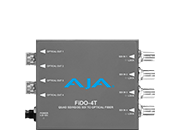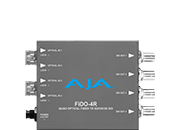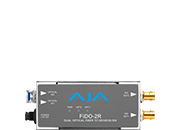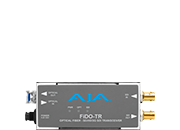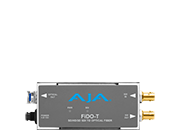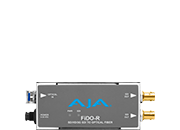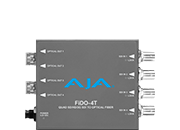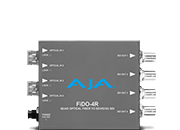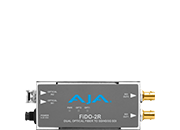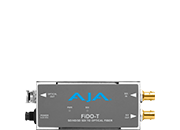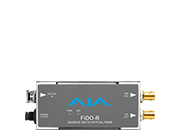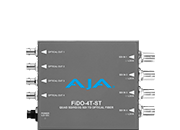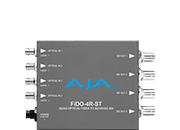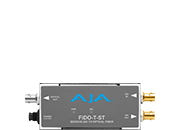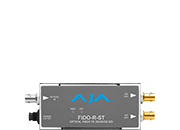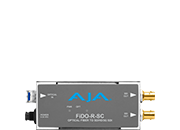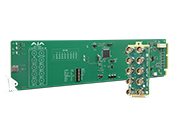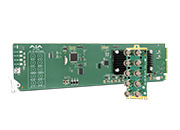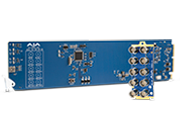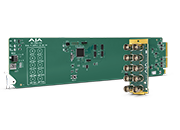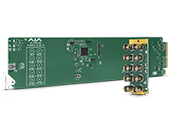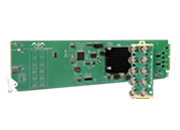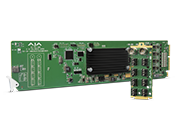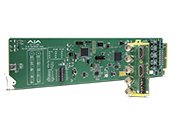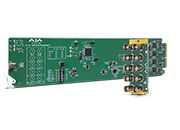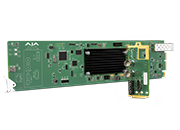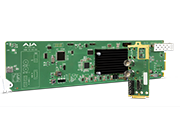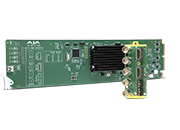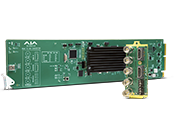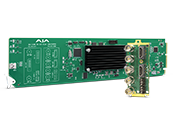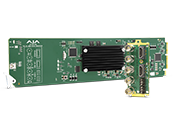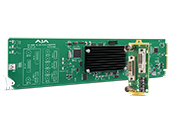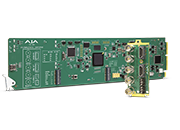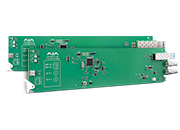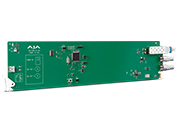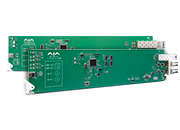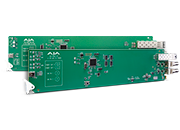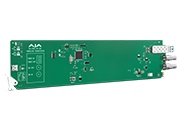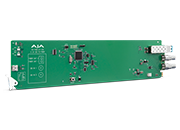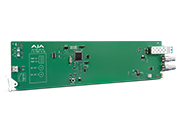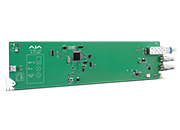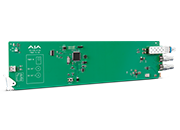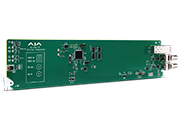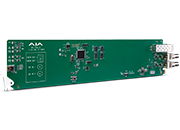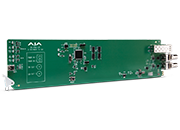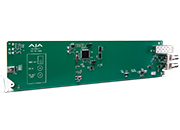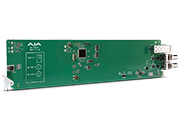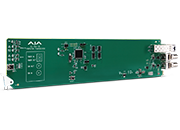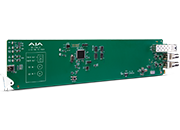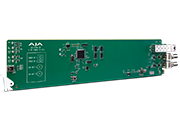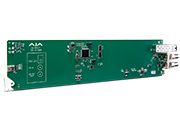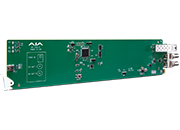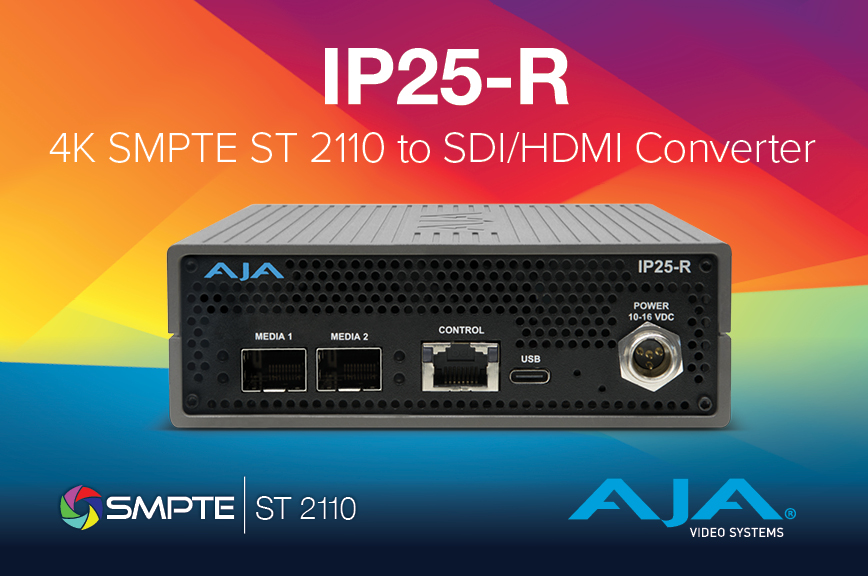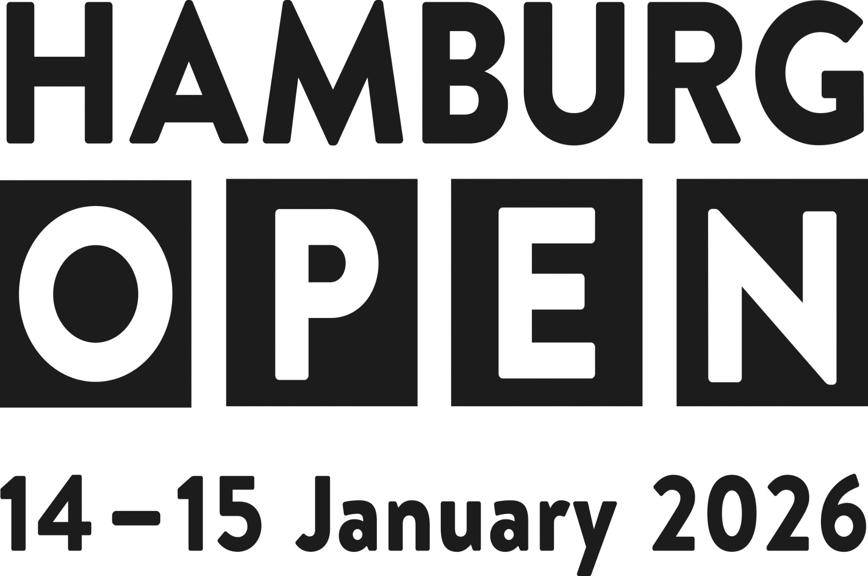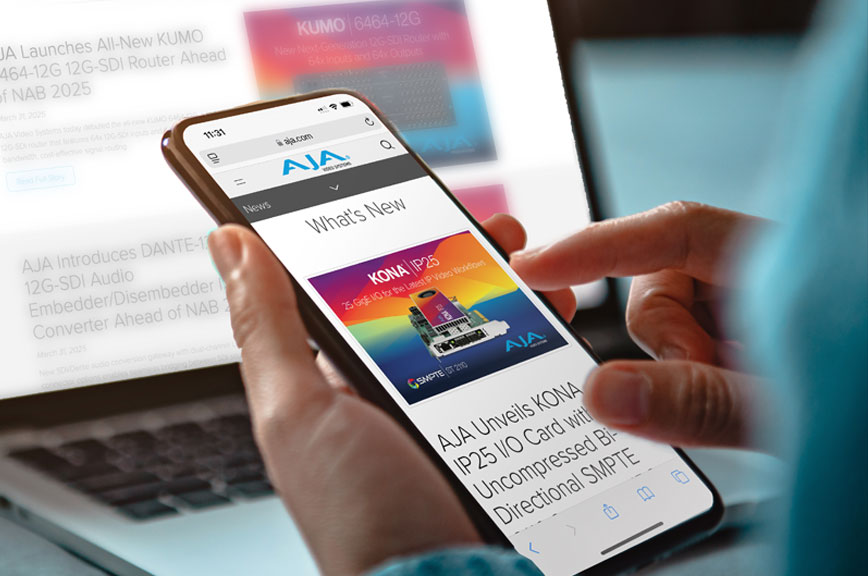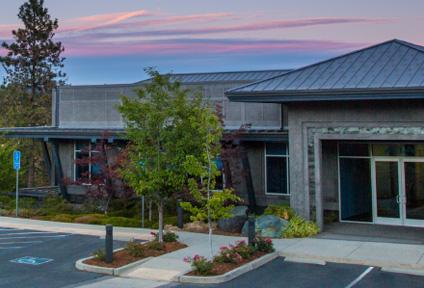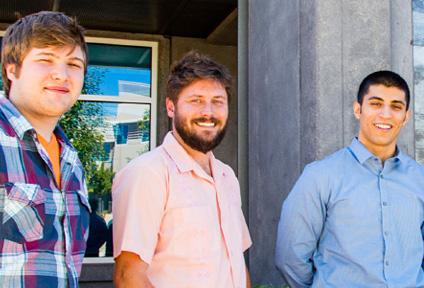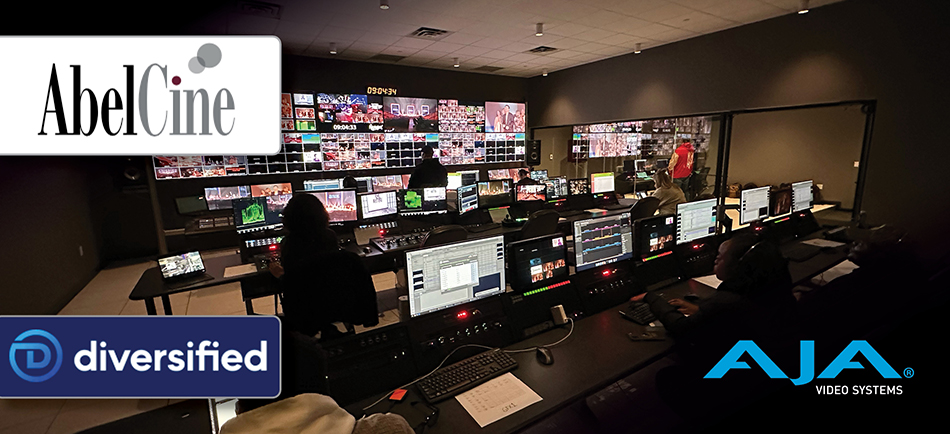AbelCine and Diversified Share How Cinematic Color is Transforming HOW Live Streams
October 21, 2025
As the quality of content on streaming platforms grows more cinematic, audiences expect a similar-caliber experience across nearly every digital interaction, including live streamed religious services and content. Cinematic video expert AbelCine and global technology solutions provider Diversified, who formed a strategic partnership last year, are helping Faith organizations meet the increasing demand. Together, they’re elevating storytelling capabilities for these teams with intuitive workflows powered by AJA ColorBox and OG-ColorBox. We sat down with AbelCine Director of Education and Product Specialization Jeff Lee and Diversified Vice President of Faith and Performance Tim Corder to learn more about their work and why the right color management strategy can be transformative for excellent cinematic production in Faith environments.
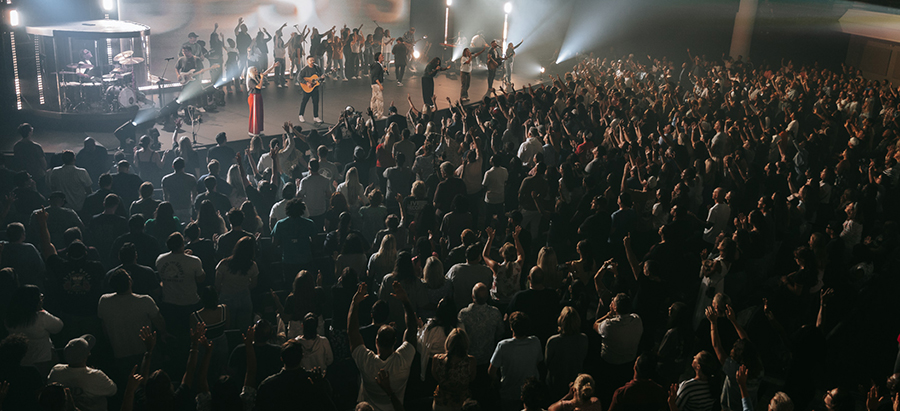
How did you get started in your career, and what do you enjoy about it?
Jeff: My background is in traditional photography and filmmaking, and I have always enjoyed live production. After college, I did documentary work and then held various crew positions. I started at AbelCine in sales and eventually began running some classes and leading the New York team for training. Working at AbelCine enables me to be close to production and come home at a reasonable hour every day. At the same time, I love the adrenaline rush of doing something live and problem solving on the fly.
Tim: Like many in systems integration, I started on the other side of the console. Years as a professional audio engineer and staff member at high production value churches revealed a growing need: churches aiming to deliver world-class experiences with the excellence of major live events. I moved into integration, working my way up through the industry to now lead a dedicated team serving these visionary ministries for one of the most respected systems integrators in the world. What I love most about my work is empowering world-changers to impact lives on a massive scale – all while operating behind the scenes to help bring their vision to life. Being a trusted partner in their corner is not just a job; it’s the highest honor!
Walk us through a typical day on the job.
Jeff: I oversee the education department at AbelCine and help put together workshops throughout the year. I develop new curricula and adapt existing materials to align with current industry developments. Our workshops range in subject matter from technical to craft. I also evaluate new tools and how we can utilize them. We learn as much as we can about a product so that we can deploy it and teach it across our team. When on site, I wear different hats. I might be teaching a client how to use new tools or establishing color workflows and pipelines. Sometimes, I help establish a connection between the cinematic cameras and the broadcast truck (or studio) or troubleshoot other on-site issues.
Tim: A typical day is about aligning vision with reality. I work alongside executive ministry teams to uncover the experiences they want to create and translate those ambitions into bold, achievable strategies. Leading my team of account executives, engineers, and project specialists gives me the opportunity to pour into them, guiding how we execute at the forefront of the industry while ensuring every solution delivers impact at scale. And of course, a typical day also involves plenty of time on airplanes and in hotel lobbies – because shaping the future of ministry environments seems to require elite status in at least three frequent traveler programs!
Tell us about the relationship between AbelCine and Diversified.
Jeff: We play to each other’s strengths. AbelCine has been involved with cinematic production, traditional narrative, episodic scripted content, and documentary content for decades. Around 2017, we started experimenting with cinematic live – an approach where we integrate cinema tools, cameras, and lenses into a live or live-to-tape workflow. This means someone is looking at a multi-view of all cameras and talking to operators for angles and such during concerts, sporting events, music award shows, and such.
We married the cinema front-end tools with a more traditional broadcast-style backend, so there were some early workflows that we helped spearhead. Those designs have since been used on major live shows, such as the Super Bowl halftime show, Taylor Swift’s Eras Tour, The Weekend Live at SoFi Stadium, Adele’s last concert special at the Griffith Observatory in LA, and so forth. Our capabilities in this area dovetail nicely into Diversified’s work with churches, which have some of the best tools in the world, and they're live every single week.
Tim: In the Faith market, we’ve seen a greater prioritization on the quality of content, as it helps determine your staying power and reach. AbelCine is a unicorn with its broad base of cinema expertise and deep bench of talent. As a result, this partnership has allowed us to deliver a polished finished result rather than just a production system. Our shared expertise has resulted in what are widely considered to be many of the best-looking live streams and recorded content being produced by Faith organizations in very short order.
Why are so many HOWs embracing cinematic production to elevate their content?
Tim: Large format camera sensors are not new to broadcast systems, but the focus now has been on making cinema tools fit inside a broadcast workflow. We’re doing the opposite, making live production processes fit into a cinematic workflow. One of the tangible ways this plays out is in the color pipeline. Historically, when cinema cameras entered the live broadcast market, professionals used a remote control panel, multi-matrix, scope, and a chart to color the cinema camera output, the very same way you would a broadcast camera. However, in cinematic production, color adjustments are often one of the last steps in the creative process. AbelCine has refined a robust look-up-table (LUT) based workflow for live production, specifically with the AJA ColorBox at the heart.
It has big implications for end-users, as most video engineers we encounter today grew up using non-linear editing systems to manipulate color. We're essentially empowering our clients to take a familiar language and apply it to their live productions. The difference in the quality of the content is night and day. Live content and content shot in the field or studio look like they came from the same organization and creative team.
Jeff: Often, the broadcast team handling weekly Sunday services, the post production team, and interstitial and social media teams work in silos, which can lead to workflow gaps. When we come in and start talking about how we’re going to use LUTs in the live production, we bring together all these teams, because working together more tightly leads to higher quality content that looks cohesive and makes everyone’s lives a little easier. This is especially important considering church production crews are often volunteer based.
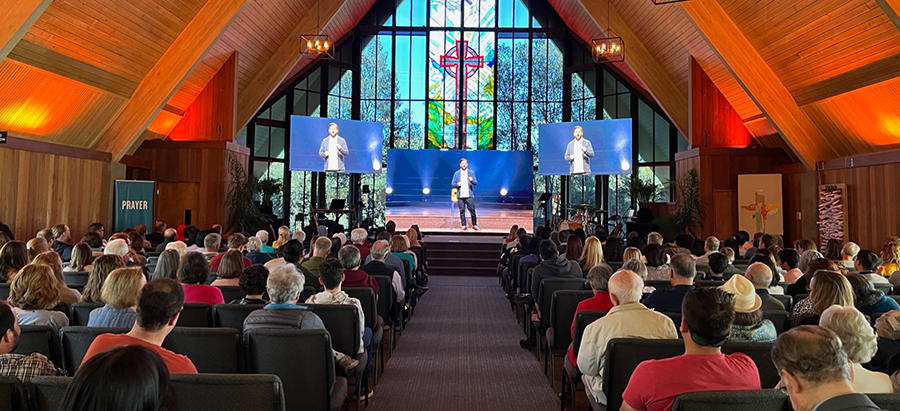
What led you to ColorBox and OG-ColorBox?
Jeff: One church we worked with was struggling with its color pipeline, which led to an “aha” moment. Tim realized we could use ColorBoxes to apply LUTs to the video switcher’s M/E (Mix/Effects) output in addition to the traditional workflow on a camera-by-camera basis. That realization has shaped every conversation moving forward. Now, many of our clients use the cards or devices in both an M/E output workflow, or they buy enough to have one per camera and a couple of spares.
Tim: Transformation Church in Tulsa, Oklahoma, helped inspire this workflow. The pastor, Mike Todd, had the vision and expectation for the church’s content to look as good as a concert special on Netflix every single week. Even with high-end production tools and lighting, LED walls and media servers, and a 4,500-seat arena, he found the end result lacking the consistency of quality that he expected. Together, Diversified and AbelCine suggested a LUT-based workflow with ColorBox for their camera system. Initially, the client was hesitant to work with LUTs as they thought it would require more technical expertise, but they quickly found that it massively streamlined the camera “shading” process, previously a significant pain point. There were far fewer variables to tweak, and the end result looked so much better.
On the first Sunday the workflow went live, we all received texts from people all over the country asking what we were doing differently. They wanted to understand why there was so much more dynamic range and detail, creating an authored, intentional, finished quality to the program that was lacking previously. Adding the LUT-based workflow was the only meaningful change. We turned off the color processing from the cameras, which had been outputting Rec2020 HLG HDR signals. Instead, we output log signals from the camera and introduced a LUT and color processing with ColorBox to handle all of the image details. Previously, there was so much variation from week to week in the content quality, but with the LUT workflow, there’s now artistic consistency and the refinement of a unique branded image. Our learnings from this project have informed our workflows since, and we often install OG-ColorBox cards or standalone ColorBoxes.
How long did it take to implement the new color pipeline with ColorBox?
Jeff: It only took us about three days from start to finish. We asked for lookbooks and goals from the client ahead of time, then reviewed inspirational footage and the feeds coming off their cameras -- native and log. We compared that to their end goal and worked with them to establish their first LUT. We then installed the ColorBox, workshopped a couple of rounds, and they began using them. Now they make adjustments from week to week, based on the song choice or mood of the sermon, using a combination of Live Color Grade software that manipulates the CDL in real time and the onboard proc amp within the ColorBox.
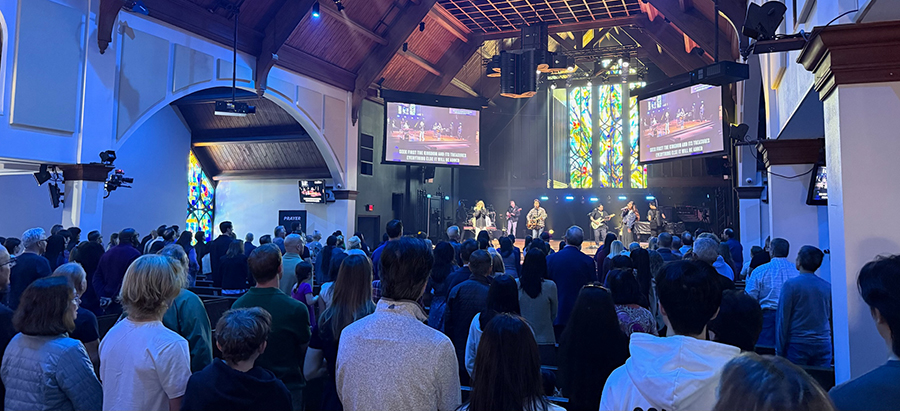
How has ColorBox changed the way houses of worship approach live productions?
Tim: One of the cool things that ColorBox enables beyond producing a unified, high-end look is allowing for live grading. Our customers can manipulate a LUT in real-time to make creative decisions, the same way many use audio plug-ins to manipulate their audio mix. For example, a church we work with on the West Coast recently introduced an introspective song during their Easter service with black-and-white visuals, then gradually introduced color by manipulating the LUT in ColorBox as the song built to the climax.
We’ve had proc amps that function like ColorBox at a gross level for 20+ years, but ColorBox is so much more intuitive and approachable for the teams that are using these systems. Ultimately, it comes back to the point that we're leveraging workflows that our users are already comfortable with. We're not having to teach them how to use color grading programs or how to massage color. Instead, we’re walking alongside them to help them fit what they’re already doing into the larger entertainment landscape of YouTube, Broadcast TV, or wherever they want to share their content.
Jeff: It's also worth noting that we're just scratching the surface of what's possible within ColorBox. We're mostly using the 3D LUT mode in the AJA Color Pipeline and haven’t even gotten into the Colorfront features or any of the BBC or NBC style color pipelines. I think as folks get more acclimated to tools like this and transition from SDR to HDR / HLG broadcast, some of the other offerings will get utilized.
What would you say are your favorite ColorBox features?
Tim: The ability of ColorBox to take a log video signal and put a LUT on it with nearly non-existent latency is special, as is its built-in down converter from UHD to HD. The combination opens up the ability to create a High Dynamic Range finished product that is approachable for nearly every client and budget if they want to explore it. YouTube is the primary audience for most of our customers, and it provides a straightforward way to broadcast high dynamic range UHD cinematic video to audiences. The ColorBox is a far more affordable way to process the HDR feed, create a complementary SDR version, as well as down convert the UHD feed to HD for destinations within the system that require that signal than previous options available to us. We can build an advanced, cutting-edge broadcast at the very forefront of the industry by the inclusion of just a rack of oftentimes six to ten cards or devices bolted onto the rest of the video system.
At the same time, it’s an approachable workflow, regardless of the level of the switcher or cameras you’re using. The technology translates beautifully and is platform and manufacturer-agnostic. I think that's part of the genius of the ColorBoxes; they’re that critical glue. The gear may be important, but the workflow is what makes the difference on a day-to-day basis to make something achievable. ColorBox has revolutionized the workflow more than anything else. We use both, but the openGear OG-ColorBox is often preferred because it’s so convenient to stack a few in an openGear frame with a shared power supply.
Jeff: AJA has also been so open with their API, so there are other tools and software that can tap into the ColorBox in ways that tools from other manufacturers can’t. The open API helps us to create the simplest, most approachable workflow for our clients and take something that would otherwise be tremendously complex and make it simple and repeatable. Also, AJA has a deep history in cinema, in addition to providing broadcast solutions, while many other manufacturers only come from the broadcast side.
About ColorBox and OG-ColorBox
AJA ColorBox is a powerful video processing device designed to perform algorithmic and LUT-based color transformations and offers advanced-level color management with AJA Color Pipeline, as well as several color transform approaches, including Colorfront, ORION-CONVERT, BBC HLG LUTs, NBCU LUTs, and ACES. Featuring 12G-SDI in/out, HDMI 2.0 out, and ultra-low latency, ColorBox is capable of up to 4K/UltraHD 60p 10-bit YCbCr 4:2:2 and 30p 12-bit RGB 4:4:4 output, perfect for live production, on-set production, and post production. ColorBox’s browser-based user interface makes it simple to adjust color processing settings, whether connecting directly via Ethernet or via a third-party Wi-Fi adapter. ColorBox is also available in an openGear card form-factor as OG-ColorBox.
Since 1993, AJA Video Systems has been a leading manufacturer of cutting-edge technology for the broadcast, cinema, proAV, and post production markets. The company develops a range of flexible baseband and IP video/audio interface and conversion technologies, digital video recording solutions, and color management, streaming, and remote production tools. All AJA products are designed and manufactured at our facilities in Grass Valley, California, and sold through an extensive sales channel of resellers and systems integrators around the world. For further information, please see our website at www.aja.com.
All trademarks and copyrights are the property of their respective owners.
Media Contact:
Katie Weinberg
Raz Public Relations, LLC
310-450-1482, aja@razpr.com
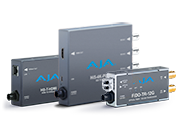 Mini-Converters
Mini-Converters
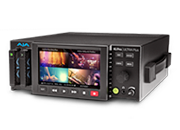 Digital Recorders
Digital Recorders
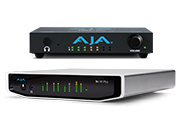 Mobile I/O
Mobile I/O
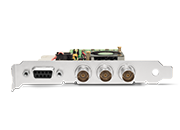 Desktop I/O
Desktop I/O
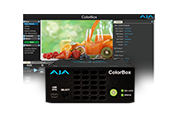 Color
Color
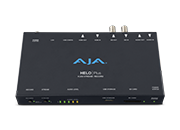 Streaming
Streaming
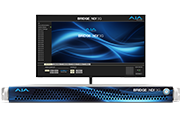 IP Video/Audio
IP Video/Audio
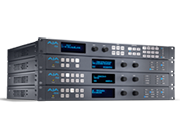 Frame Sync
Frame Sync
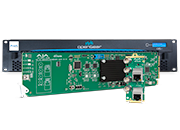 openGear
openGear
 Routers
Routers
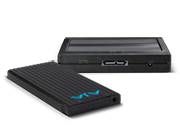 Recording Media
Recording Media
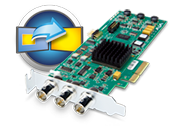 Developer
Developer
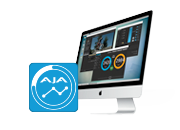 Software
Software
